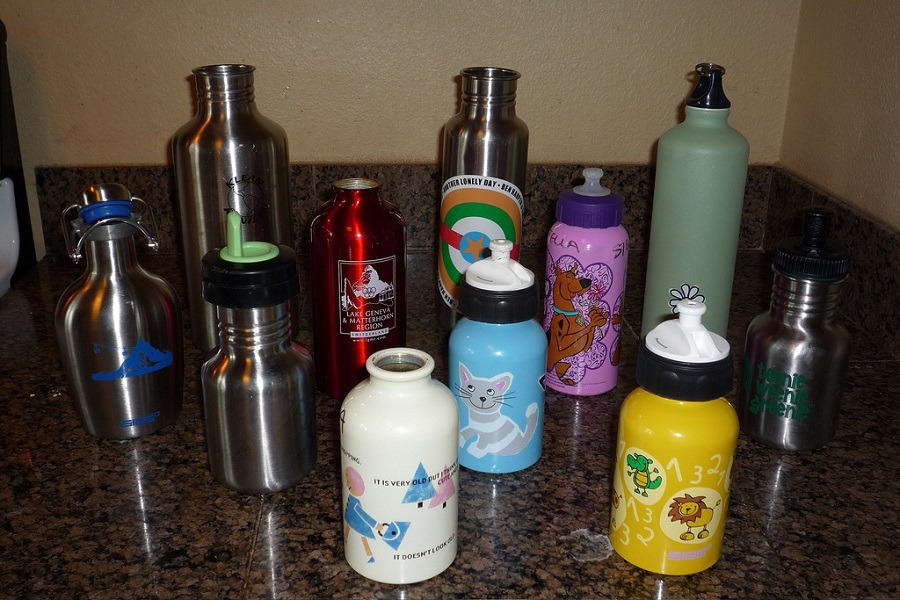
What To Consider When Purchasing Reusable Water Bottles
Whether you are trying to be green and reduce waste, or if you just don’t want to spend money on bottled water, water bottles is the best way to go. Now, some people think that it’s a good idea to use one of those plastic water bottles they’ve purchased before and continue to reuse.
WRONG! These bottles are only intended to be used once and then thrown away. These bottles are PET (polyethylene terephthalate), which has been known to leach DEHP (Bis(2-ethylhexyl)phthalate) after multiple uses and is likely to be a carcinogen. Let’s not forget that those tiny cracks and crevices in the bottle can be breeding grounds for harmful bacteria! Yikes!
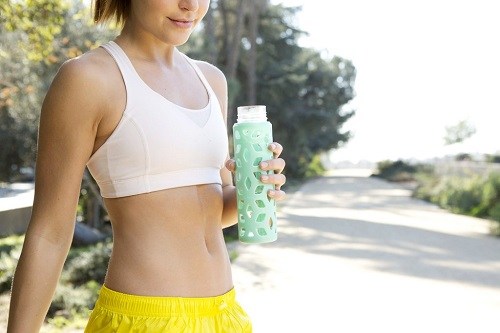
Things To Think About Before Buying
Before by any old water bottle, let’s consider a few things first:
How Will You Use The Bottle?
When you know how you’re going to use your water bottle, you can then decide what kind of bottle is going to work for you. If you’re going on a hiking trip, you’re not going to want the heavy stainless steel water bottles, you’ll probably want one or two BPA-free water bottles.
How Do I Want To Drink?
Do you want a bottle with a screw top, or would you rather have an easy accessible bottle These quick access type bottles feature a push-pull cap that can be opened and closed just by your mouth if need be. Then you also have a lever type water bottle that creates a spout that you can drink out of. Then, of course, you have the traditional screw cap bottles.
If you prefer the screw top bottles, do you want a narrow mouthed bottle or a wide mouthed? With the wide mouth bottles, you can put ice cubes in it, but then you have the chance of the water splashing down your face when you take a sip. However, with the narrow mouth bottles, you can’t put ice in it, but they are easier to drink from.
Are You Going To Use It For Cold Liquids Only, Or Hot And Cold?
If you want a bottle that you can put both types of liquid in, then you’ll want to consider insulated water bottles. These water bottles can keep liquids hot up to 8 hours and cold liquids up to 50 hours! Keep in mind that these water bottles are going to be a bit more expensive, but you’re essentially doubling its usefulness.
Common Materials Used For Water Bottles
There are a lot of water bottles on the market, and the one that you choose depends on the one that’ll meet your needs. There are three most common materials used for bottles are, as you’d probably expect:
- Plastic
- Metal
- Glass
We’ll break down each of these bottles and discuss their pros and cons, so you can choose the best water bottles for your needs.
Plastic
Plastic water bottles give you a lot of options. They can be rigid or they can be collapsible. They can be clear or colorful. They can be made in a wide variety of shapes, too. These tend to be much cheaper also.
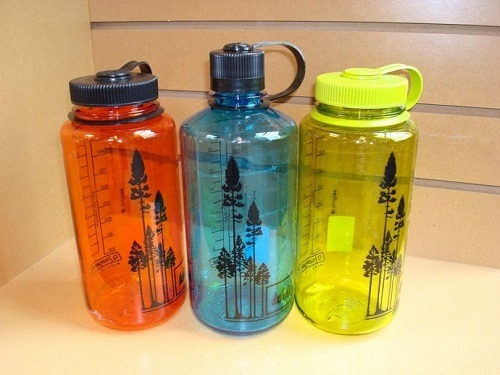
Pros | Cons |
|---|---|
|
|
Metal
Bottles made from a food-grade stainless steel or aluminum are great options if you’re looking for a water bottle that can keep liquids hot because metal is a great heat conductor, so if you find yourself in an emergency situation, the metal water bottle can be used for cooking. However, unless the metal bottle has some kind of protective sleeve or it’s insulated, it’s useless for hot liquids.
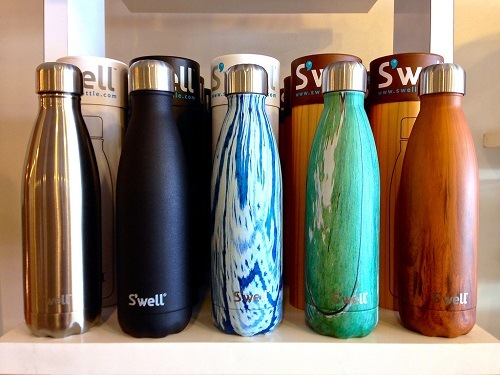
Pros | Cons |
|---|---|
|
|
Glass
Glass water bottles tend to be the best if you’re looking to preserve the flavor of the water. These water bottles often have some kind of protective sleeve over them to increase their durability. Do keep in mind that many of the glass bottles with a sleeve will have large areas where the glass bottle isn’t covered by the sleeve, thus making them susceptible to breakage when the bottle is dropped.
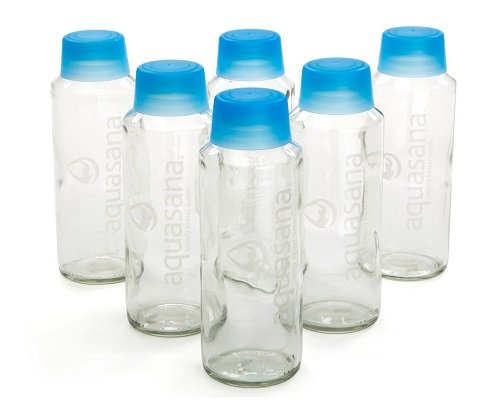
Pros | Cons |
|---|---|
|
|
Water Bottle Wrap Up
Water bottles have come a long way over the years and there’s a lot to choose from. When you’re shopping for a new water bottle, it is a good idea that you first think about how you want to use it. If you need something to take with you to the gym, you could use any bottle, as most of the equipment has cup holders that will keep your bottle handy and safe (if you choose a glass bottle).
If you are going hiking where it could get damaged, you may want to choose a more durable material like plastic or metal, simply because they can take a beating without breaking.
If you’re concerned about the flavor of the water, again, glass is the way to go. When a plastic bottle has been sitting in the sun, it can heat up and cause your water to taste like plastic, but it can also store flavors from other liquids.
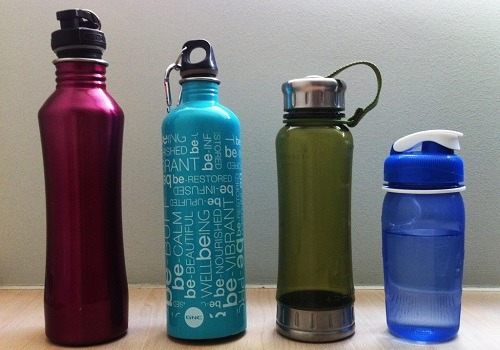
Say, if you wanted to take some iced coffee with you, that coffee flavor will leach into the plastic and from then on, any water you do put in will have a slight coffee flavor. Metal bottles will leave any liquid with a slight metallic taste, which can be unappealing, especially when you’re hoping for a fresh drink of water.
Whatever water bottle you choose, be sure that it is going to hold the amount of liquid you want. There’s no point at looking at small water bottles if you are going on a 4 hour road trip and don’t want to make any stops along the way!


